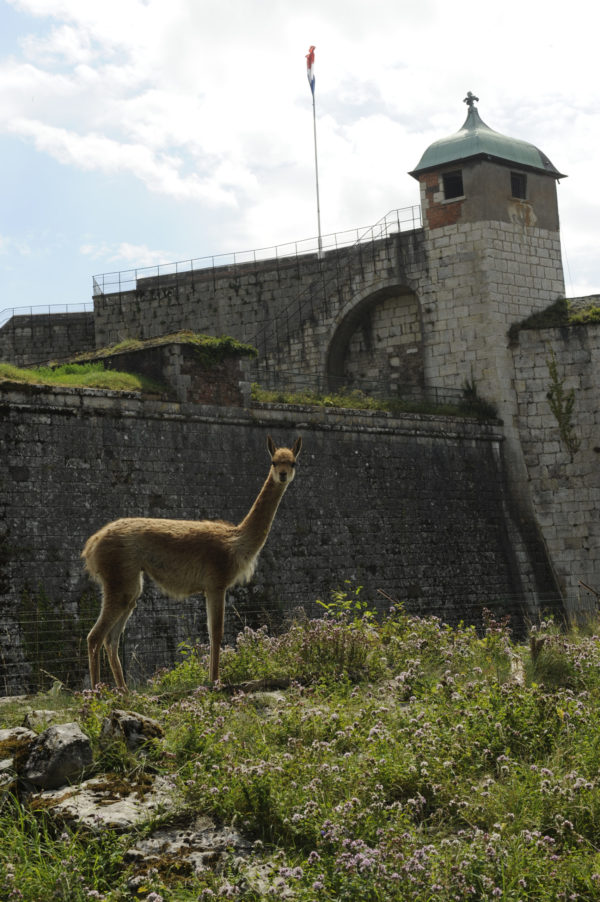Interview with Margaux Pizzo, zoo manager.
Why did you take this step?
Ensuring the well-being of the animals we care for at La Citadelle has always been one of our top priorities.
The zoo's teams therefore embarked on an internal initiative to constantly improve our practices (animal care, feeding, enrichment, etc.).
Our conservation mission, which is essential for biodiversity, is intrinsically linked to this well-being.
So we asked ourselves the following questions: which species? For which areas? And for which conservation objectives?
Consequently, the study will be carried out in two phases: first by an ethologist, then by a biologist.
What do these two phases involve?
The ethologist studies animal behavior. She accompanies us in the scientific analysis of the daily observations gathered by the animal caretakers, thanks to a comprehensive questionnaire and an application that lists raw data (e.g.: the animal drinks, eats, behaves positively with its
congeners, sleeps, scratches, etc.).
Based on this information, the ethologist makes a comparative study with bibliographical data on the behavior of each species in its natural environment.
This will enable us to adopt additional gestures of good practice to get as close as possible to the animal's living conditions in the wild, and allow it to express its natural behavior as much as possible.
Then, with the support of the biologist, we will be able to develop the areas (enclosures, aviaries, etc.) within the Citadelle, taking into account the constraints of the site, and to choose the species accordingly, without forgetting to include them in a conservation project.
Our constant aim is to play a part in safeguarding biodiversity, while ensuring the well-being of the animals.
What will the zoo of tomorrow look like?
The work has been underway for several months now, and we have already been able to apply measures to the animals' living space, feeding methods and visiting routes. In some enclosures, you'll be able to see original devices in which food is hidden so that the animal can fully express its natural behavior of exploring for food. We have also closed off a number of entrances to ensure greater peace and quiet for certain species. These simple, concrete steps forward are set to continue for several months yet.


